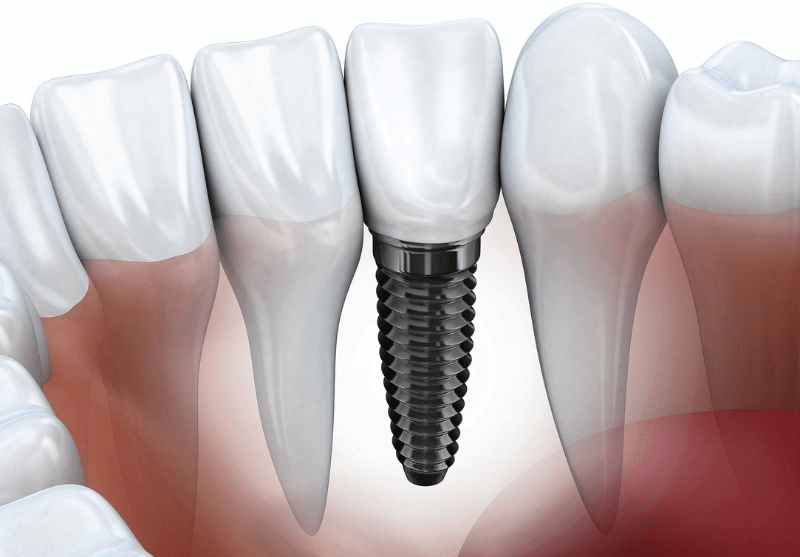Periodontal Pocket Sterilization
Periodontal Pocket Sterilization is a crucial aspect of periodontal therapy aimed at eliminating bacteria and promoting healing in the gum pockets around the teeth. Here is an outline of how periodontal pocket sterilization is typically carried out Marudhar Dental Centre:
Procedure for Periodontal Pocket Sterilization
1. Assessment and Diagnosis
The process starts with a comprehensive examination of the patient’s oral health, including probing depths of the gum pockets, assessing gum inflammation (gingivitis or periodontitis), and evaluating bone support through radiographs.

2. Anaesthesia (if needed):
– Local anaesthesia may be administered to ensure the patient’s comfort, especially if deep cleaning procedures like scaling and root planning (SRP) are required.
- Isolation and Access:
– The area to be treated is isolated using a dental dam or other methods to keep it dry and free from contamination. This helps in better visualization and access to the periodontal pockets.
- Scaling and Root Planning (SRP):
– The primary treatment for periodontal pocket sterilization is SRP. This involves the removal of plaque, tartar (calculus), and bacterial toxins from the surfaces of the tooth roots and the pocket lining. Specialized instruments like ultrasonic scalers and hand scalers are used for this purpose.
- Antimicrobial Agents:
– After scaling and root planning, antimicrobial agents may be applied to the treated areas to further reduce bacterial load and promote healing. These agents can include locally applied antibiotics or antiseptic solutions.
- Subgingival Irrigation:
– In some cases, subgingival irrigation may be performed using antimicrobial solutions to flush out bacteria and debris from deep within the periodontal pockets.
- Gingival Curettage (if needed):
– In cases of inflamed gum tissue within the pockets, gingival curettage may be performed to remove the diseased tissue and promote healthy reattachment of the gums to the tooth roots.
- Adjunctive Therapies:
– Depending on the severity of periodontal disease and individual patient factors, additional therapies such as localized antibiotic therapy (using gels or chips), laser therapy, or regenerative procedures may be recommended to enhance periodontal pocket sterilization and promote tissue regeneration.
- Post-Treatment Care:
– Patients are educated about proper oral hygiene practices, including regular brushing, flossing, and using antimicrobial mouth rinses as prescribed. Follow-up appointments are scheduled to monitor healing, evaluate the effectiveness of treatment, and make any necessary adjustments or additional interventions.
It’s important to note that periodontal pocket sterilization is often part of a comprehensive periodontal treatment plan tailored to the patient’s specific needs. Ongoing periodontal maintenance visits are essential to monitor gum health, prevent disease recurrence, and preserve the results of treatment.


